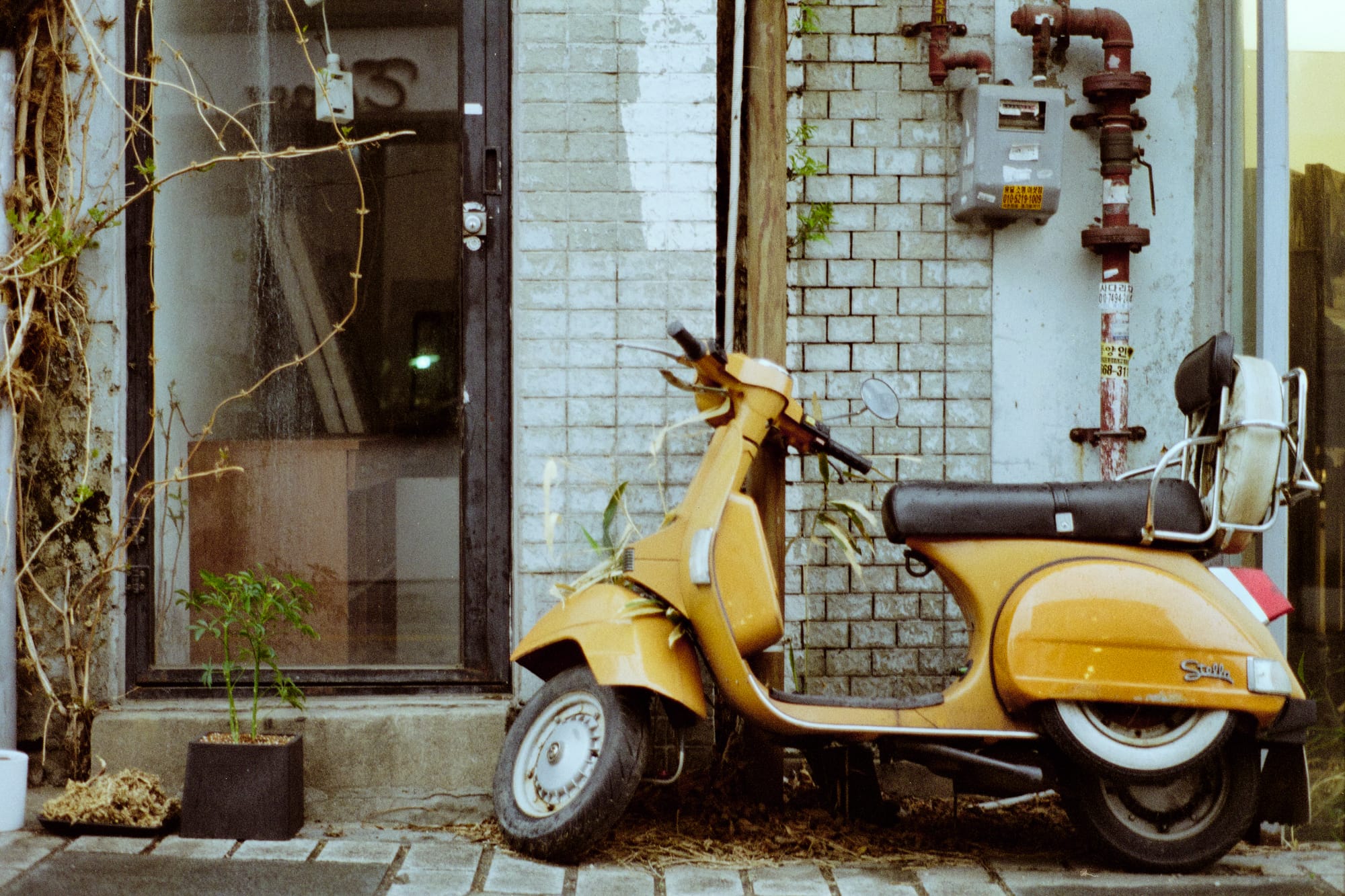Film Review: Kodak Double-X (5222)
Here’s a film whose charm took me totally by surprise. I had low expectations for Double-X, but its character and tonality have really captured my heart.
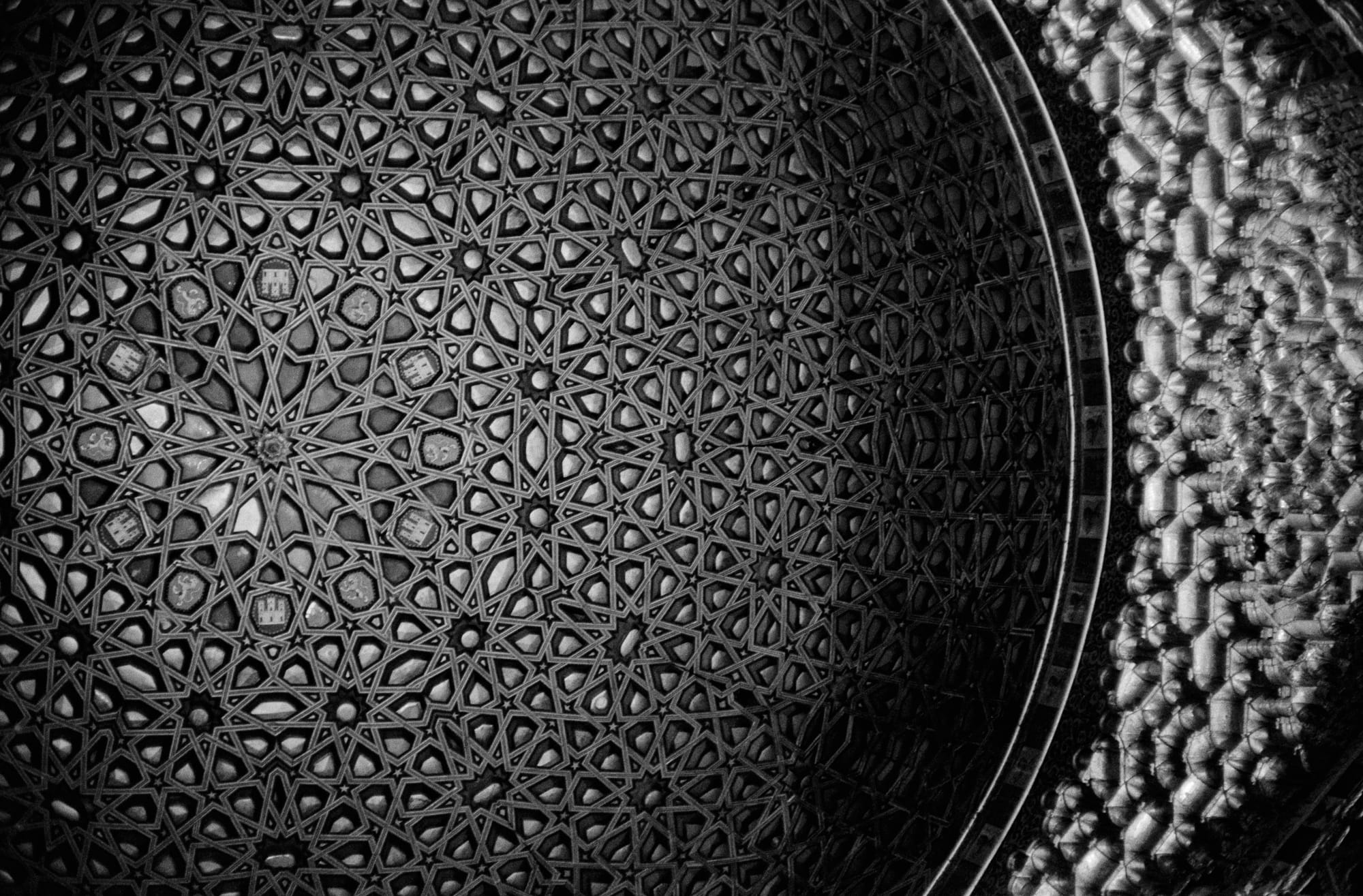
I have my doubts about cinematic films being repurposed for still photography. I haven’t written about my experiences with Kodak Vision color films, but TBH I haven’t been impressed. I found my one roll of Ferrania P33 to be…fine. Nothing to excite me, although I should give it another try. There’s a world of ORWO films I simply haven’t been able to bother with.
For me, the question is: What do cinema films bring to the table that tried-and-true still photograph emulsions like Tri-X or HP5 are lacking?
But Kodak Double-X? I bought three rolls on a lark at LXAOMILIMETRO a couple of months back, and shot them without enthusiasm, not expecting very much. I’m only just now examining the results, and…
…I’m surprised by how much I like what I’m seeing. In particular, the tonality feels…different. I cannot say what that difference is honestly. And I’m also not sure how much of it is in my head. But the rendering of the metallic tones in the domed ceiling of the Alcázar de Sevilla really took me by surprise.

Double-X, as I develop it, as moderate but visible grain—it feels soft, in a good way. The contrast curve is gentle, yet still produces images with good differentiation of tones. And the blacks can be extremely rich and satisfying, devoid of grainy noise to distract.
In short, there is definitely a character to this film that clicks with me, and I want to explore it more.
Sample Photos
















Technical Details
I used my new testing technique to produce the charts below. Film was exposed for Zone V, and developed in Adox XT-3, dilution 1+1, for 10' with intermittent agitation (normal development).

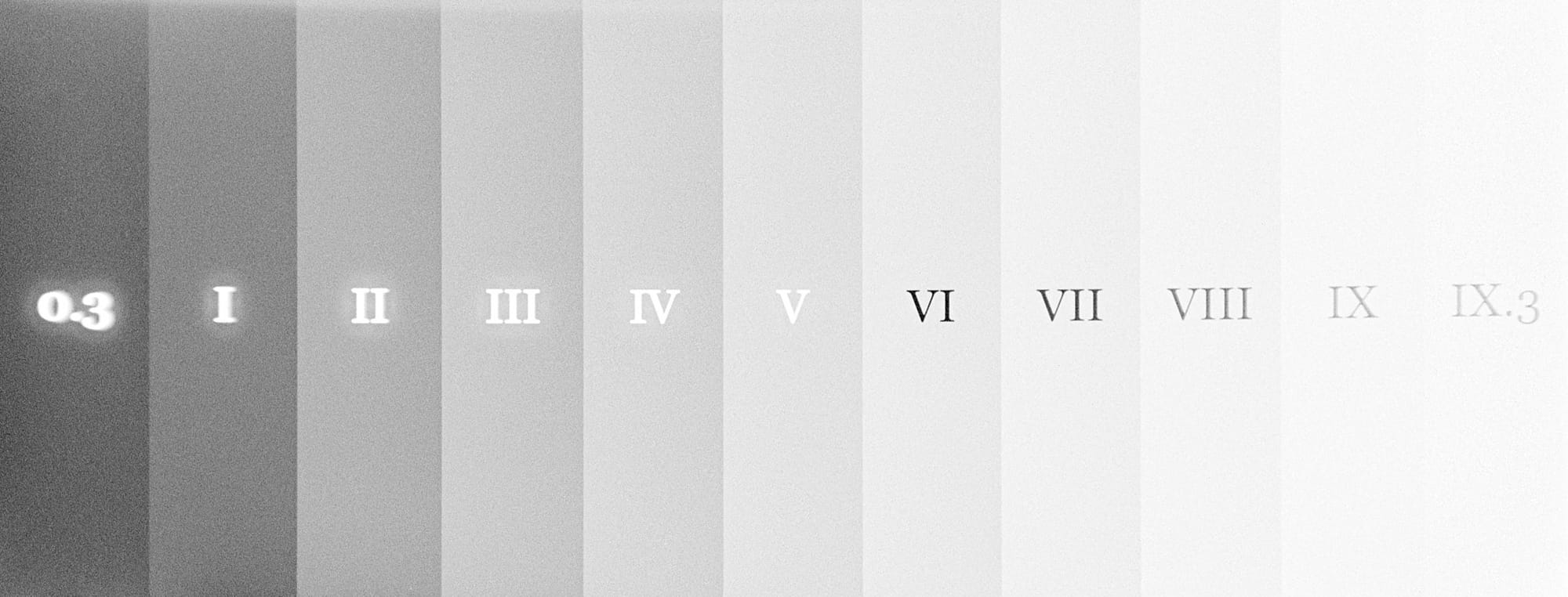
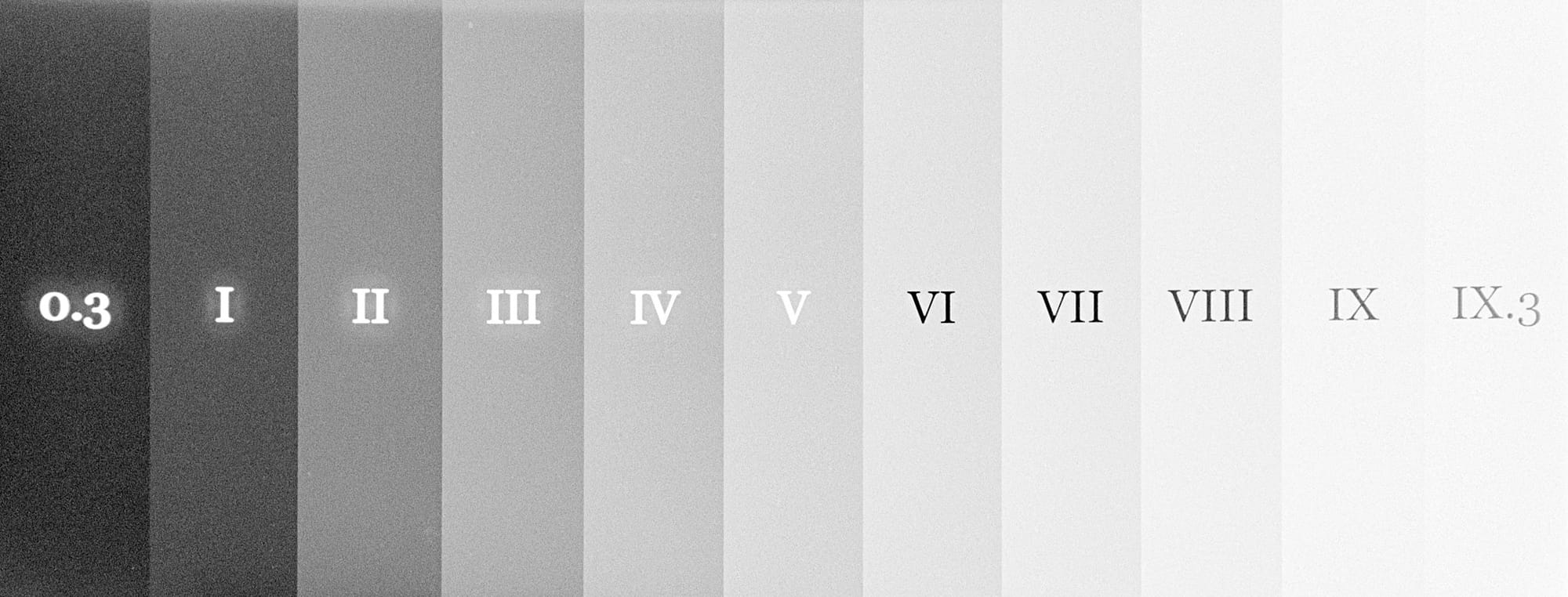
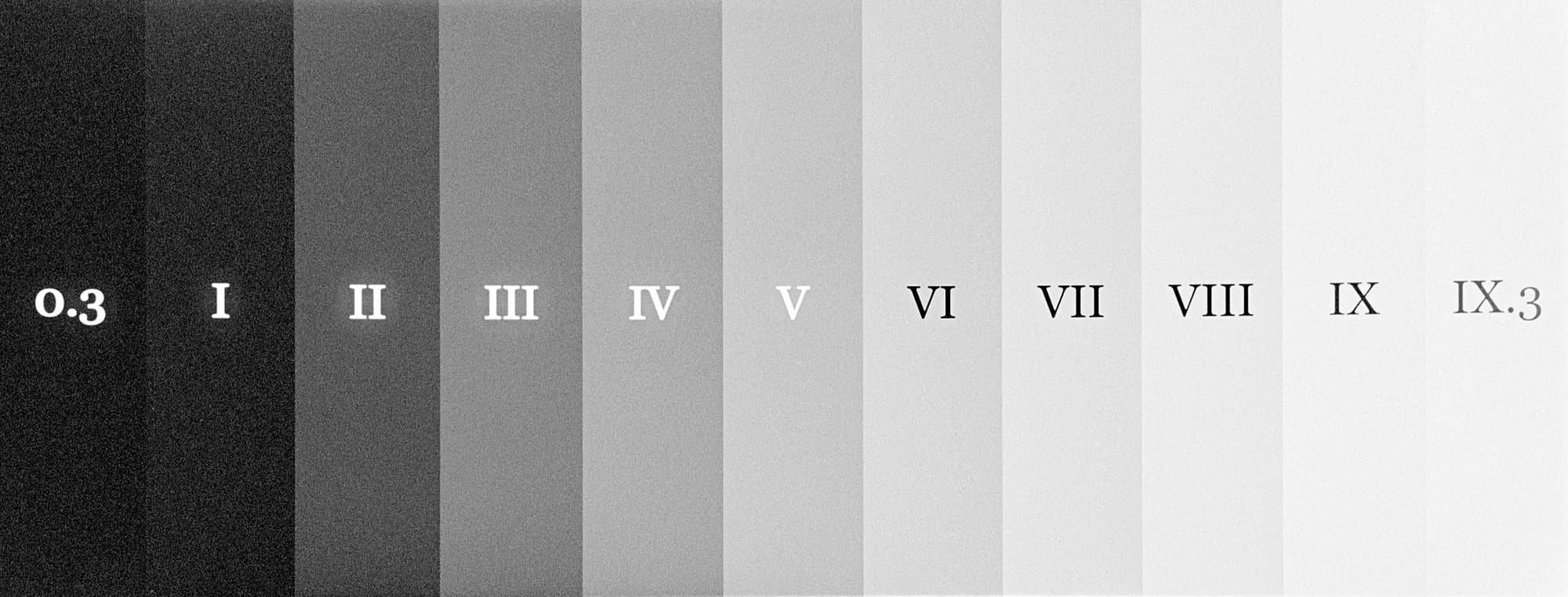
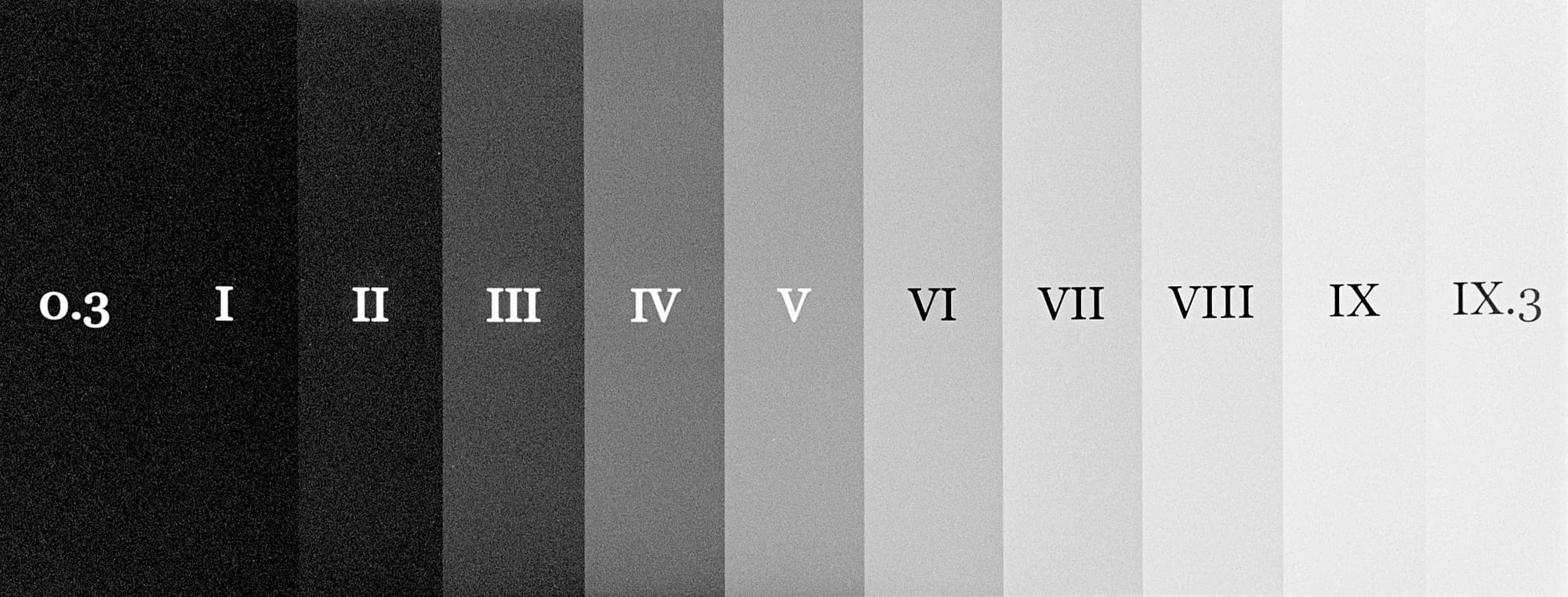
The analysis reveals something that could explain what I like about this film—it’s got a flatter contrast curve than other films I have reviewed. I thought I liked films with a steeper contrast curve, but it seems I was mistaken. The other thing is that Double-X clearly has more than 10 stops of dynamic range. What isn’t apparent from the photos of my monitor above is that at ISO 500, the background behind my monitor—much darker than Zone 0!—still has discernible shadow detail.
The other thing to notice is that, although nominally an ISO 250 film, I should be rating it at ISO 500. You can tell by looking at Zone I in each image above—the true speed of the film lies where Zone I is just detectable different from Zone 0. At ISO 1000, the two zones are the same tone. But at ISO 500 there is a difference yet! Yes, I have verified the shutter speeds in the test camera. This isn’t my camera inadvertently overexposing. I think my development process is capable of teasing more speed from this stock.
You can see how Kodak Double-X compares against other films I have tested on my Film Evaluations page.
Conclusion
Kodak Double-X is a low-contrast film with a high dynamic range, and wide exposure latitude. It does a good job of capturing shadow detail even when slightly under-exposed. The grain is not as fine as you might expect, but has a soft quality to it that doesn’t draw attention to itself, unlike for example Fomapan films which tend to have harsher, more pronounced grain.
The contrast curve is flatter, which when combined with the quality of the grain gives images captured with it a smoother tonality and a…look, I don’t quite know how to characterize this film. I cannot tell if I am romanticizing it, or if there is a certain ineffable quality to these images.
But the tonality, the character (whatever that even is) of the images shared above are giving me some serious feels, enough to want to drop some €€€ on a 100' roll of this stuff. It’s got some magic to it that compels me to explore it more.
Next time: Will it push? I think it will. Kodak says we can get it to 1600. I want to try for 3200—almost 4 stops out from box speed.
Support this blog
If you enjoy reading this blog, I encourage you to consider purchasing a book or print to show your support. And if you're into analog photography, check out my new mobile app Crown + Flint.
